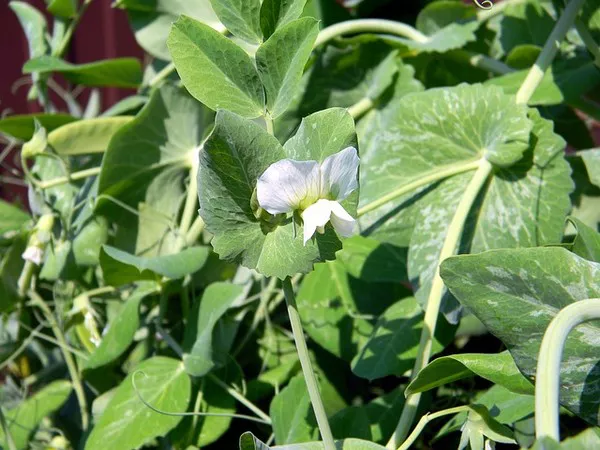Spinach cultivation is under threat from downy mildew disease, caused by the pathogen Peronospora effusa, which has evolved into 19 different races. Inbreed seeds lacking complementing RPF (Resistance to Peronospora farinosa) loci make female spinach plants susceptible to this disease. Ongoing research into novel RPF genes is necessary as new pathogen races are continuously appearing, making previously resistant spinach susceptible again.
In a study published in Horticulture Research, researchers used advanced genetic sequencing techniques to locate RPF loci on the spinach chromosome and develop resistant strains. The study, titled “Skim resequencing finely maps the downy mildew resistance loci RPF2 and RPF3 in spinach cultivars whale and Lazio,” aimed to map the RPF2 locus linked to downy mildew resistance within the 0.47 to 1.46 Mb region of chromosome 3 in the Lazio cultivar.
The study crossed differential cultivars Lazio and Whale, resistant to P. effusa race 5, with Viroflay, which is susceptible to all races of P. effuse, to generate F1 seeds. Researchers inoculated the progeny with P. effusa race 5 and found that parental lines Lazio, near isogenic line2 (NIL2), and NIL3 displayed resistance, while Viroflay and NIL4 were susceptible. Progeny derived from the Viroflay x Lazio cross exhibited a Mendelian 3:1 segregation ratio for resistance, suggesting regulation by a single dominant gene.
Sequencing of the Viroflay x Lazio progeny population generated high-quality sequence reads aligned against the Sp75 reference genome for single nucleotide polymorphism (SNP) calling. Filtration and imputation processes resulted in 15,021 SNPs suitable for GWAS analysis. Another set of SNPs was obtained by combining data from the Viroflay x Whale progeny, totaling 34,234 SNPs for downstream GWAS analysis.
The study identified 23 SNPs associated with the RPF2 locus on chromosome 3 between positions 0.47 to 1.46 Mb through association analysis. A more extensive study of 384 progeny lines evaluated against P. effusa race 5 pinpointed 28 SNPs in four TASSEL and GENESIS models. The combined GWAS analysis led to the discovery of unique resistance regions for RPF2 in Lazio and RPF3 in Whale. Three significant genes (Spo12793, Spo12908, Spo12916) were identified in close proximity to the RPF2-associated SNPs, along with Spo12908 located at 14–16 Kb away from the peak SNPs.
The discovery of RPF2-associated genes, especially Spo12821, offers promising prospects for future research to develop downy mildew-resistant spinach cultivars that will benefit spinach producers and consumers alike. This study underscores the importance of continuous research to ensure sustainable spinach cultivation in the face of pathogen evolution.


